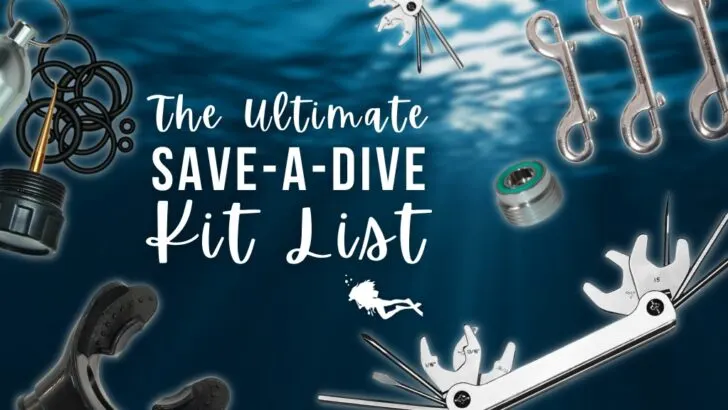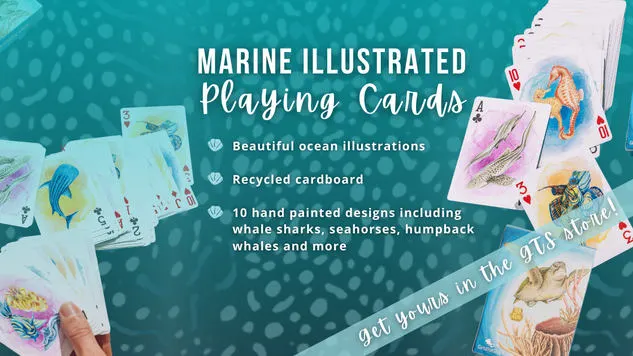Some of the best save a dive kits are built through years of diving mishaps. A mask goes missing, a fin strap snaps, or an o-ring bursts… and a disappointed diver is left high and dry instead of exploring the underwater world. Next time, the diver remembers to pack that spare mask, extra fin strap, or spare o-ring, and voilà – a save a dive kit is born.
Fortunately, though, not everyone has to learn about save a dive kits the hard way. The scuba diving community is teeming with enthusiastic and experienced divers keen to share advice, swap tips, and make sure we all learn from each other’s mistakes. Here, we’ll run through some top suggestions for your save a dive kit contents and explain a bit about why they might come in handy.
Hopefully there’s something on our save a dive kit list you haven’t heard of yet and you’ll be inspired to take it on your next trip. Who knows, it might just save the day!
What is a save a dive kit?
Save a dive kits are designed to get you into the water, even when the odds are against you. They typically contain a mixture of spare parts, tools for repair, and personal items. These can come in super handy before, during, or even after a dive.
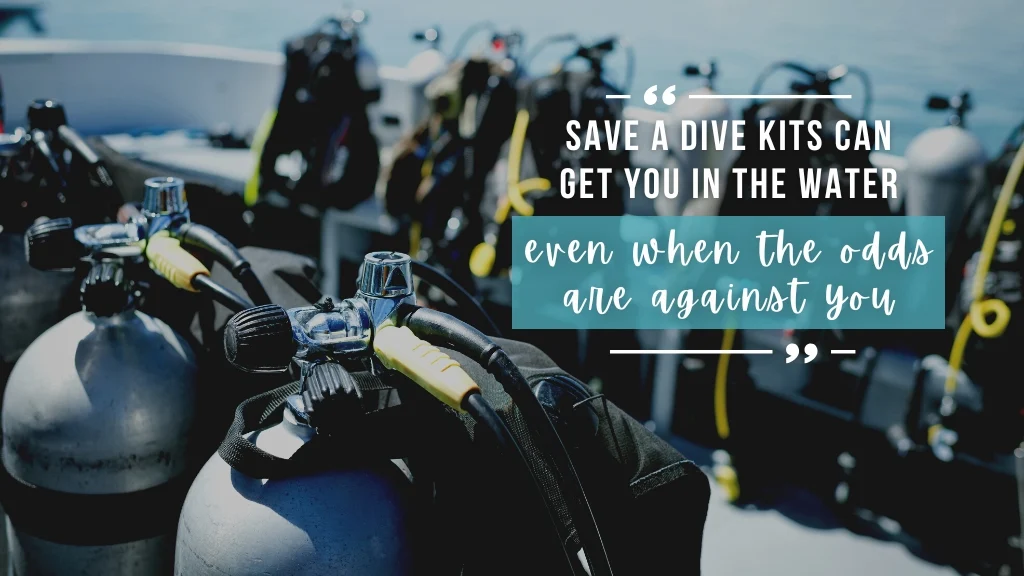
Although there are some pre-made save a dive kits out there, most scuba divers tend to build up their own kits – often over several years.
What goes in a save a dive kit?
Of course, not all save a dive kits will be the same. What goes into your kit will depend on the type of gear you use, where you dive, and what type of diving you do. For instance, an underwater photographer and a scuba diving instructor are likely to have two very different kits!
However, some items tend to save dives time and time again, and we’ve summarised them in the sections below. Read on, and add these to your save a dive kit list.
Spares
One of the simplest ways to defend yourself from gear failure mishaps is to take some spare gear with you. Although some highly organised tour operators might stash some spare BCDs and/or regulators aboard, personal save a dive kits tend to only include smaller items.
O-Rings
These tiny little rings are used to form air and water-tight seals between two joining parts – like your cylinder and your regulator. Tank valve o-rings are lightweight, affordable and super easy to change in the field, but you can’t dive without them. A miniature set with o-rings and an o-ring pick is an ideal addition.
Mask and Mask Strap
Although spare masks can be a little bulky to carry around with you, they do go missing or break from time to time. If you don’t want to risk using someone else’s leaky mask or, even worse, being left without a mask at all, a spare is the way to go. Opt for a frameless mask which can easily fit into a BCD pocket.
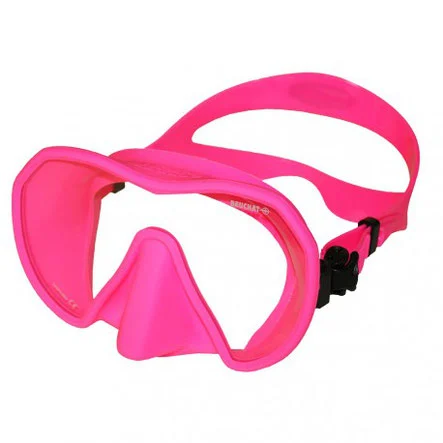
Fin Straps
Spare straps are small, affordable, and essential (unless you’re using full foot fins). What more is there to say?
Octopus (Alternate Air Source) Holder
You can usually get away with tucking your octopus in a loop or pocket, but it’s always best to secure it in a proper holder. This stops it dragging on the seabed where it might harm fragile marine life.
Mouthpiece
Broken mouthpieces are a real pain. They can make your jaw sore, your lips numb, and can be super distracting. Fortunately, a spare mouthpiece is another affordable item that won’t take up much space in your save a dive kit.
Dry Suit Seals
If you tear your dry suit seal before, or even during, a dive, it doesn’t have to be game over for the rest of the day. Of course, the type you need will depend on your suit’s material – and some are easier to replace than others – but it’s definitely worth thinking about spare seals.
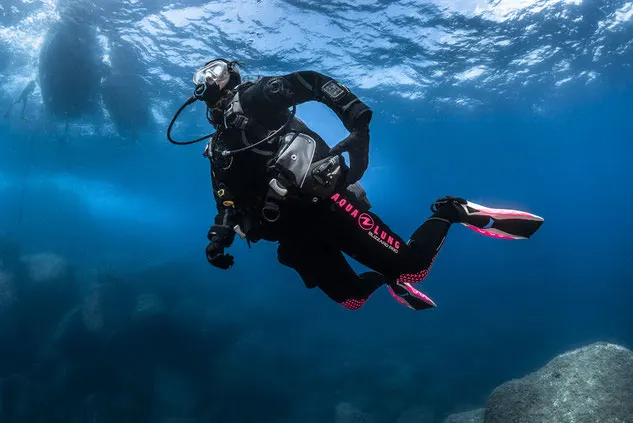
Spare Computer and Battery
Although dive computers save you a lot of planning time versus traditional tables, you never know when they might run out of battery or crash completely.
Spare batteries are a great idea, but not all models have this option. It can also be tricky to replace a battery when you’re on the move.
Having a spare computer is ideal. Some of the more affordable models, like the Suunto Zoop, make great beginner computers and often last long enough to become a back-up when you upgrade to a new one.
Allen Key and Tank Adapter
No matter how organised you are, there will come a time when you (or a fellow diver) will end up with a tank and regulator that don’t match.
With an allen key and an adapter or insert you can easily convert a DIN tank to a yoke-friendly tank. Problem solved and dive saved.
Dive Multitool
Take the allen key one step further and pack a dive-specific multi tool. These usually contain different sizes of allen key, spanner heads, and small picks for removing o-rings. You never know when you might need to change a hose or adjust your equipment.
Spare Hoses
If you keep your equipment serviced you’d hope it wouldn’t happen, but you never know when a hose might spring a leak. A spare hose doesn’t take up too much extra space, and might just get you back in the water in an unexpected situation.
Repairs
It’s almost impossible to take a spare for every bit of gear you might need on a dive. Imagine taking a spare BCD, tank, and dry suit.
Although repairs can help with some quick fixes, they can’t be used for everything. You should never dive with gear that’s unsafe.
Having said that, some things can be repaired without compromising on safety. The following list includes some must-haves, and the good news is that most of them won’t break the bank:
- Cable ties (and nail clippers to trim them with)
- Duct tape
- Bungee cord or elastic bands
- Miniature sewing kit
Medical Save a Dive Kit Contents
It’s not always issues with gear that can put your dive in jeopardy – medical issues can too. Even if you’ve had your medical forms signed off, you never know when a bout of food poisoning might hit, or a friend might forget their sea sickness tablets. Here are a few things to bear in mind when packing your medical supplies.
Water
Multi-tank dive days can mean spending hours at sea, and it’s super easy to forget to drink water amongst all the excitement. This can be dangerous, especially in warm climates, so it’s always a good idea to take some extra water with you.
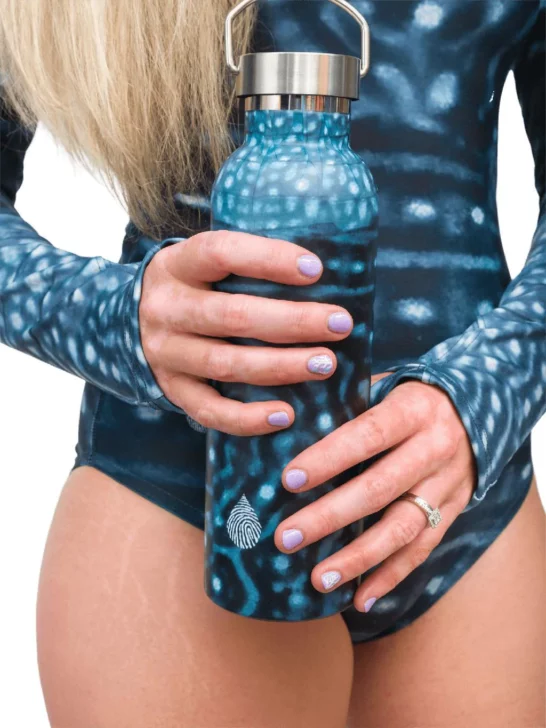
Rehydration Salts
Dehydration is one of the biggest factors for decompression sickness. If you do forget to drink water and find yourself dehydrated, rehydration salts are great for a speedy recovery.
Hot Water
When diving in cooler climates there’s always a risk of catching a chill. A flask of hot water can work wonders after a chilly dive.
These next few items speak for themselves:
- First aid kit
- Seasickness tablets
- Painkillers
- Diarrhoea tablets
- Spare contact lenses
Personal Save a Dive Kit Items
Personal items might not be absolutely crucial for getting in the water, but they can make all the difference when it comes to your comfort levels.
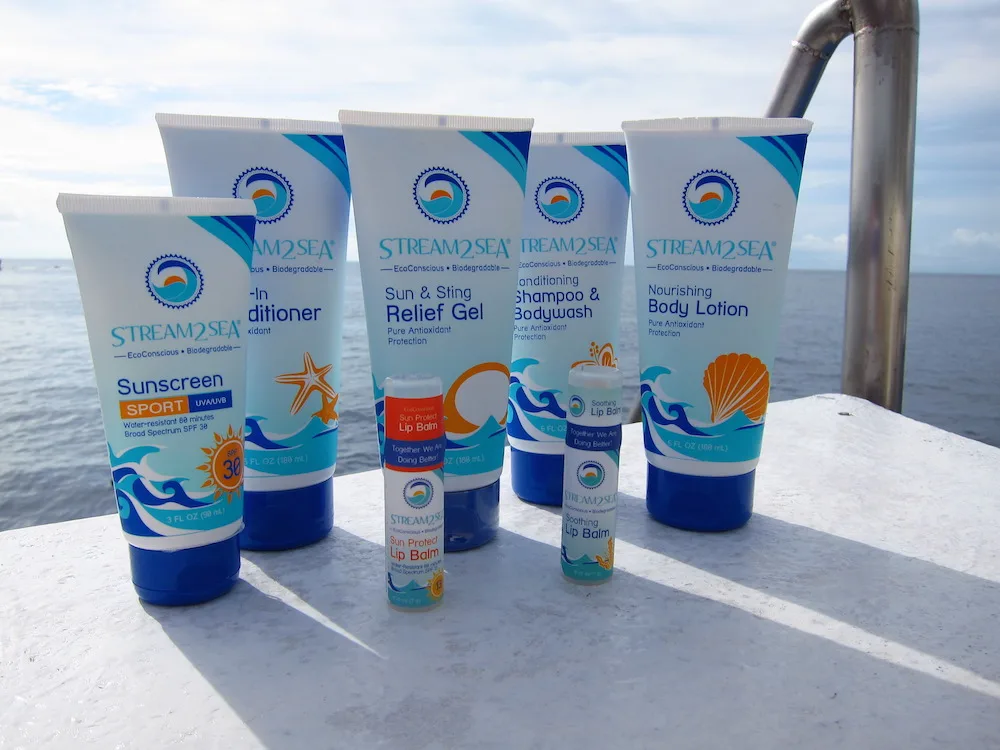
Here are some self-explanatory (but easy-to-forget) personal items that’ll keep you happy during long multi-dive days:
- Reef safe sunscreen
- SPF lip balm
- Tampons or menstrual cup
- Hair ties
- Headbands
- Sunhat
- Defog. It’s certainly not for everyone (we all know someone who prefers the old-school spit approach) but for some people it’s a staple. Make sure you opt for reef friendly options that won’t harm the environment – we love Stream2Sea’s formula.
Save a Dive Kit for Dive Professionals
For those of you who dive professionally, your save a dive kit list will depend on your role, but here are a few items to consider:
Slates, Pencils and Sharpeners
It’s amazing how easily pencils (and their lead) can go missing at sea. If you’ll be conducting research dives or communicating on a slate with students underwater, spare pencils are essential.
Compass
If you’re carrying out any type of mapping work, then a compass is a must. It’s also a good idea if you’ll be leading a dive – who knows when the conditions might turn and you find yourself disorientated.
Spare Reel and Delayed Surface Marker Buoy (DSMB)
In some conditions, it’s not safe to dive without maintaining contact with the surface. A broken line or a punctured DSMB can easily put a dive in jeopardy when the weather is rough, so it’s a good idea to pack a spare.
Weights
It’s always a good idea to take some extra weights with you when diving with inexperienced divers.
How should I pack my save a dive kit?
There are a few options for transporting your spare gear and dive-saving essentials. Watertight boxes and dry sacks come in a range of sizes. Many divers make use of boxes with compartments, such as fishing tackle boxes. Which one you go for will likely depend on the size and fragility of your gear.
Ultimately, save a dive kit lists vary considerably between divers. What’s essential for you might not be for others. As scuba divers, we have to expect the unexpected. Yet, with time and experience, it’s possible to get a good idea of what might help you save a dive one day. If you do forget something, fingers crossed your dive it’s in your buddy’s kit!

About the Author
Rose has spent the last few years living in Europe, the Seychelles and Kenya, working as a dive instructor, writer and conservationist. She’s back in the UK at the moment and is slowly acclimatising to cooler waters!

